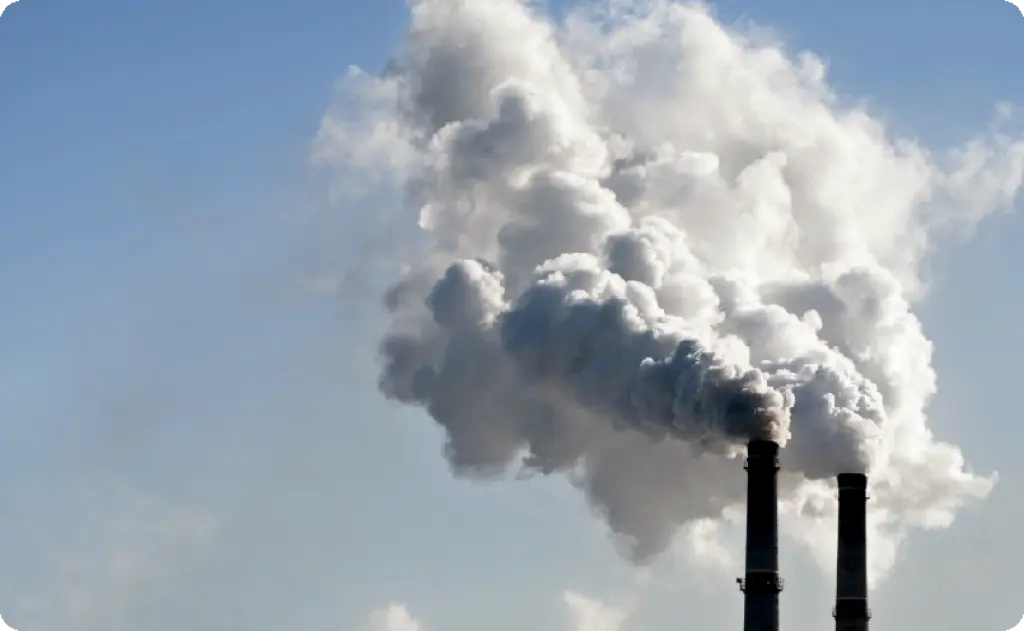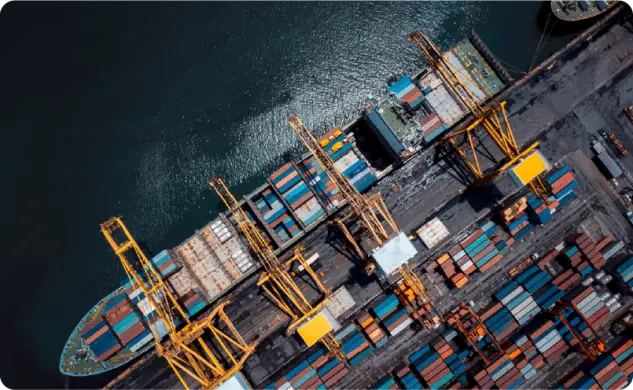CBAM updates: Making compliance easier for businesses.
- Tue, March 25, 2025
- 1 minuten leestijd

A new policy shift
The CBAM changes are part of the European Commission’s Simplification Omnibus I and II. These measures—beyond just CBAM—are expected to cut administrative costs by up to €6 billion annually. This raises another critical question: how much have businesses already spent complying with previous CBAM regulations?
Key changes in CBAM
The revised CBAM framework introduces several significant adjustments:
1. Exemptions for small importers
Small and medium-sized enterprises (SMEs) and individuals importing small quantities of CBAM goods will be exempt from obligations. A CBAM cumulative annual threshold of 50 tonnes per importer will be introduced, eliminating around 90% of importers while still covering 99% of emissions.
2. Simplified rules for businesses within CBAM scope
For companies still subject to CBAM, regulations will be streamlined to reduce complexity. Key changes include:
- Simplified authorisation for CBAM declarants
- Clearer CBAM obligations
- More straightforward calculation of embedded emissions and reporting requirements
3. Stronger measures against circumvention
Enhanced measures against circumvention and abuse will be implemented to prevent circumvention and ensure CBAM remains effective.
4. Future expansion of CBAM
Following this simplification phase, CBAM will expand to cover additional sectors under the EU Emissions Trading System (ETS). A new legislative proposal detailing this expansion is expected in 2026.
Next steps: What businesses should expect
The proposed changes will be reviewed by the European Parliament and the European Council before adoption. Once an agreement is reached and published, the new rules will take effect. Additionally, a full CBAM review is scheduled for this year.
Another pressing issue under investigation is carbon leakage—where businesses relocate production to countries with fewer emission constraints. This not only increases overall emissions but also impacts the European economy. Addressing this challenge will be crucial.
Regardless of past regulations or recent drastic changes, the EU’s new direction seeks to create a more business-friendly environment. Striking a balance between economic growth and sustainability is the way forward.
Get expert CBAM guidance from our customs experts
Do you need help regarding CBAM? Gaston Schul’s Consultancy & Advisory services are here to assist.
Navigate the EU's Carbon Border Adjustment Mechanism (CBAM) effortlessly with our expert guidance. We handle the complexities of CBAM reporting and regulations to ensure your business meets EU standards without disruption.
Fill out the form on the right and a member of our team will respond within one business day.
Gerelateerd nieuws & artikelen
Ontvang de waardevolle inzichten van onze experts en updates over douanezaken rechtstreeks in je inbox
Door je aan te melden, geef je toestemming om door Gaston Schul te worden benaderd over onze relevante content, producten en evenementen. Je kunt je te allen tijde uitschrijven. Zie ons privacybeleid voor meer informatie




